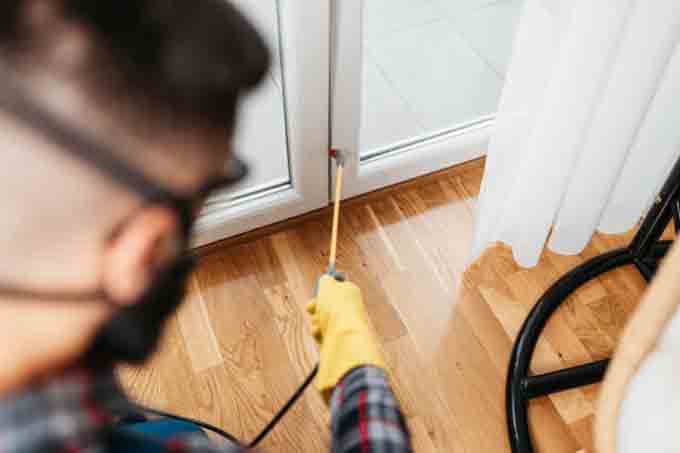
Ants are a common pest that can cause many issues within your home and garden. Whether you are dealing with fire ants or carpenter ants, they can be a nuisance and pose health risks to your family and pets.
There are several effective ant control methods available. The key is to identify the species and implement preventive steps against ant invasion.
Preventing Ants
Preventing maur is a great way to keep your home and garden healthy and free from pests. Ants are one of the most destructive insects on earth and can cause serious damage to plants, trees, shrubs, and lawns.
You can stop ants from taking over your home or garden with some simple steps. Start by inspecting your home and yard for entry points and potential nesting sites.
Seal cracks and crevices in walls, floors, and around plumbing. Using caulk to seal these spaces can help prevent ants from getting in.
Keeping food and drinks out of reach is also essential for preventing ants from taking over your home. Be sure to clean up spills as soon as possible and store food and drink items in airtight containers.
Getting Rid of Ants
Ants are a pest that can cause significant damage to your home, health and finances. They invade houses in search of food, water and shelter.
Whether you’re battling indoor or outdoor ants, there are many natural remedies to get rid of them. Start by identifying what attracts them and then remove it.
You can also spray your home with a mixture of soap and water to kill or repel ants. Vinegar is a common solution as well, and it can also destroy the scent trails that ants follow inside your home.
Another popular ant repellent is food-grade diatomaceous earth, which is the fossilized remains of marine phytoplankton that can cut through ants’ exoskeletons. Sprinkle it around areas where you see ants and within a few days, you should notice a decrease in their activity.
Identifying Ants
The easiest way to identify ants is to compare their head, thorax and abdomen. The thorax is joined to the abdomen by constricted petioles, called nodes. Some ant species have only one node, while others have two.
A few other characteristics may also help you determine the species: head color, antenna shape (thin or “clubbed”) and thorax spines. Often, an ant’s behavior will provide clues as well, so observing their travel patterns and food preferences can help you identify them.
Some ants, such as carpenter ants, can be mistaken for winged termite swarmers when they fly out of their nest to mate. Unlike termites, ants have elbowed antennae with a distinct joint, narrow waists and a front pair of wings that are larger than the back pair.
Pest Control
Pest control can be a frustrating and time-consuming process, but knowing what ants like and don’t like can make the difference between a successful approach and a wasted effort. It also puts you in a stronger position to identify and eliminate any pests that have already found their way into your home.
Ants will invade your home if they think there’s food or water nearby. They can get into your pantry and refrigerator to eat sweets, proteins, vegetables, and even small crumbs or spills left out.
Summary:
To keep ants out of your home, you can prevent them from entering by sealing small cracks and crevices with caulk and replacing any damaged door and window screens where they enter. You can also use non-repellent sprays, traps and scents to disrupt the ants’ olfactory or scent receptors so they can’t communicate with their nest.






